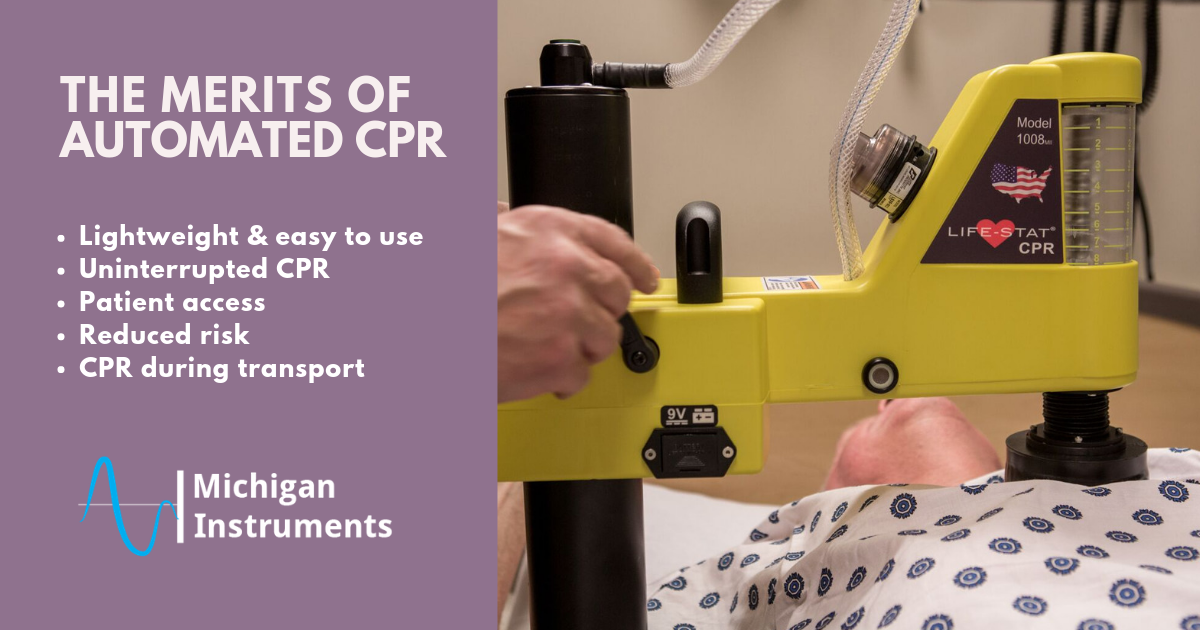 https://www.michiganinstruments.com/wp-content/uploads/2019/03/MII-The-Merits-of-Automated-CPR-Life-Stat-CPR.png
630
1200
MII_Admin
https://www.michiganinstruments.com/wp-content/uploads/2018/11/RCTCLEARBLACK_large.png
MII_Admin2019-02-15 22:37:062019-05-28 18:21:52The Merits of Automated CPR
https://www.michiganinstruments.com/wp-content/uploads/2019/03/MII-The-Merits-of-Automated-CPR-Life-Stat-CPR.png
630
1200
MII_Admin
https://www.michiganinstruments.com/wp-content/uploads/2018/11/RCTCLEARBLACK_large.png
MII_Admin2019-02-15 22:37:062019-05-28 18:21:52The Merits of Automated CPR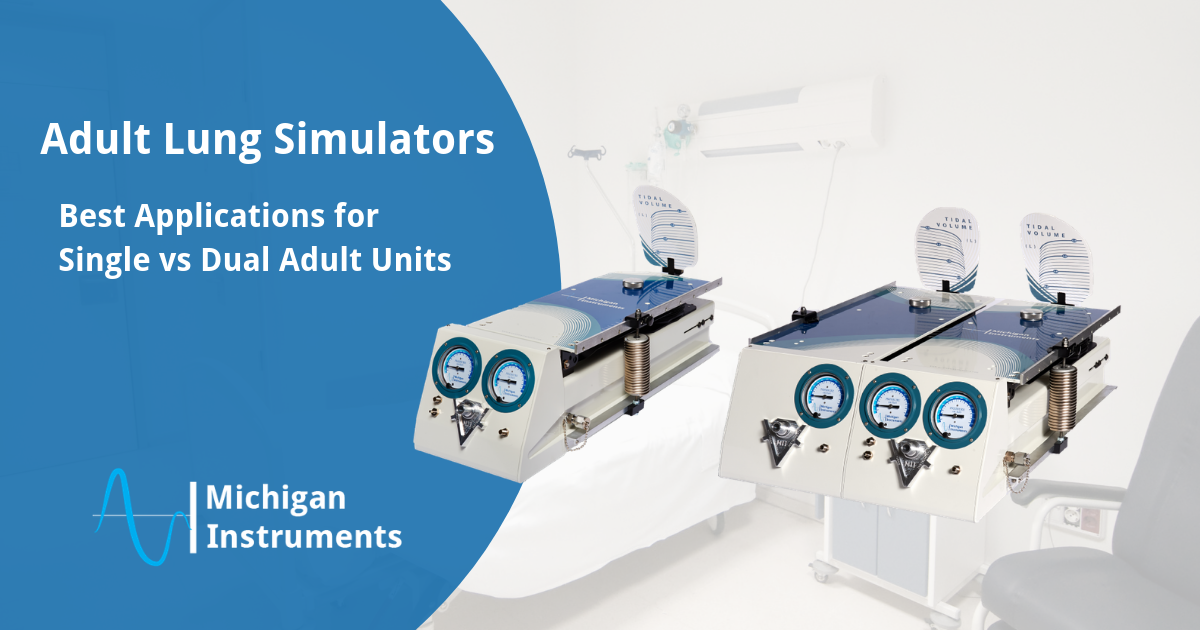 https://www.michiganinstruments.com/wp-content/uploads/2019/03/MII-Blog-Adult-Lung-Simulators-Single-Vs-Dual-Adult.png
630
1200
MII_Admin
https://www.michiganinstruments.com/wp-content/uploads/2018/11/RCTCLEARBLACK_large.png
MII_Admin2019-01-30 22:31:042019-05-28 18:22:10Adult Lung Simulators: Single Vs Dual Adult
https://www.michiganinstruments.com/wp-content/uploads/2019/03/MII-Blog-Adult-Lung-Simulators-Single-Vs-Dual-Adult.png
630
1200
MII_Admin
https://www.michiganinstruments.com/wp-content/uploads/2018/11/RCTCLEARBLACK_large.png
MII_Admin2019-01-30 22:31:042019-05-28 18:22:10Adult Lung Simulators: Single Vs Dual Adult
Simulating Dolphin Pulmonary Capacity: Michigan Instruments Takes Custom Test Lung Simulators to the Next Level
TTL
At Michigan Instruments, our Test Lung Simulators are used for a number of different applications. From classroom instruction to product evaluation, pulmonary research or clinical intervention, our customers value the versatility, accuracy,…
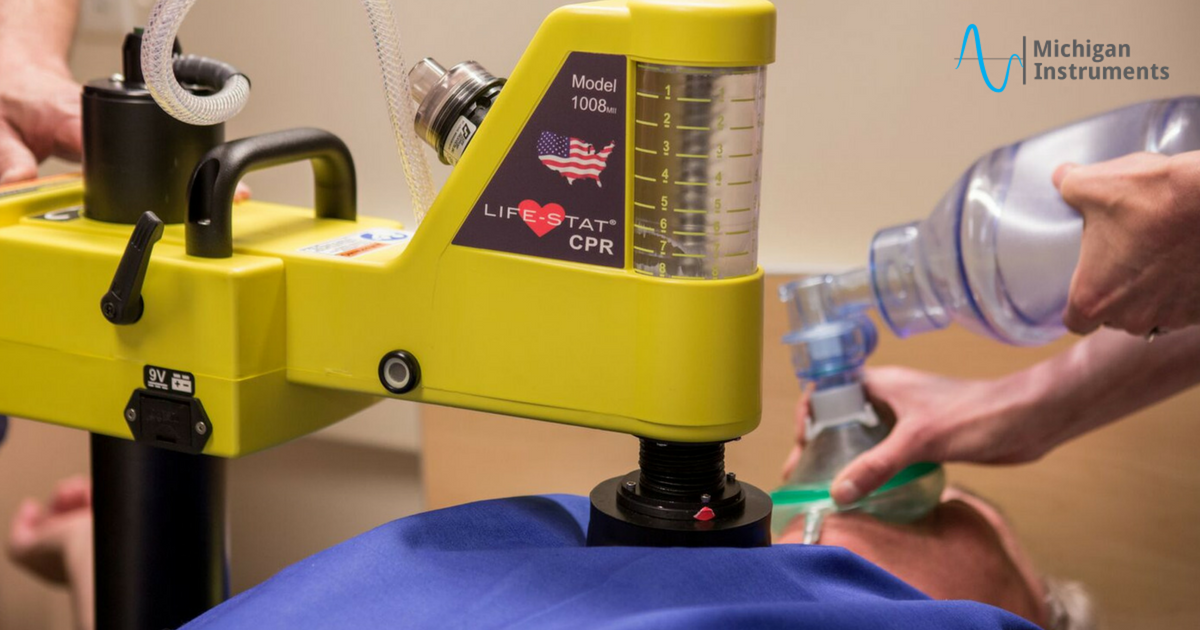
Conditions Where Mechanical CPR is Particularly Beneficial to Patient Survival
CPR
The debate about manual CPR vs mechanical CPR is one that has gone on for decades.
While we know there are several advantages to mechanical CPR in general, the outcomes for patients with heart disease and heart failure who undergo…
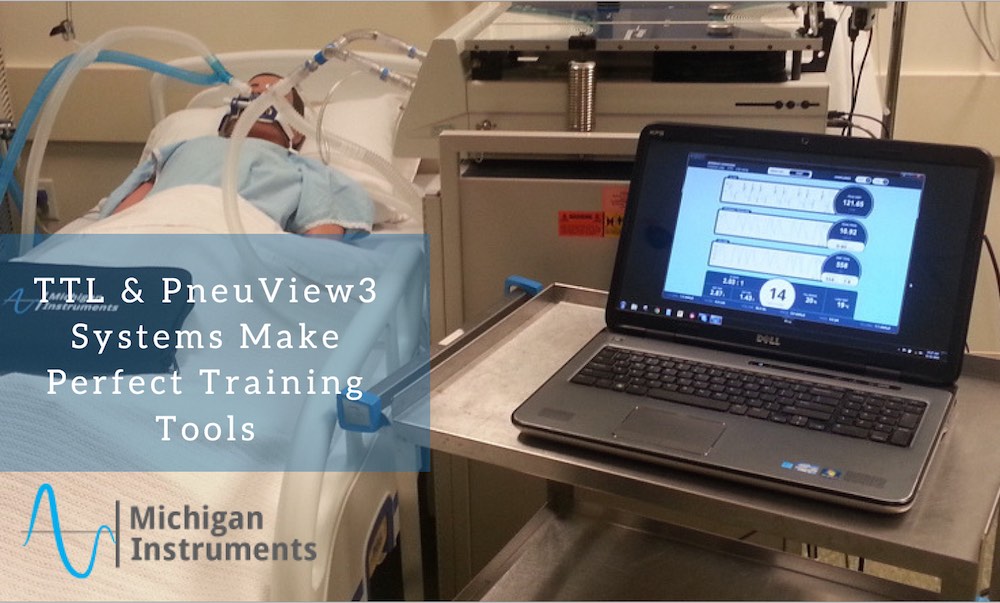
What Makes the TTL® Training Test Lung and PneuView®3 Systems Perfect Training Tools?
TTL
Our Training Test Lung and PneuView®3 Systems offer more training capabilities than ever before.
Recent product updates and software enhancements have further improved our Training Test Lung devices and Lung Simulation software including:
Realistically…
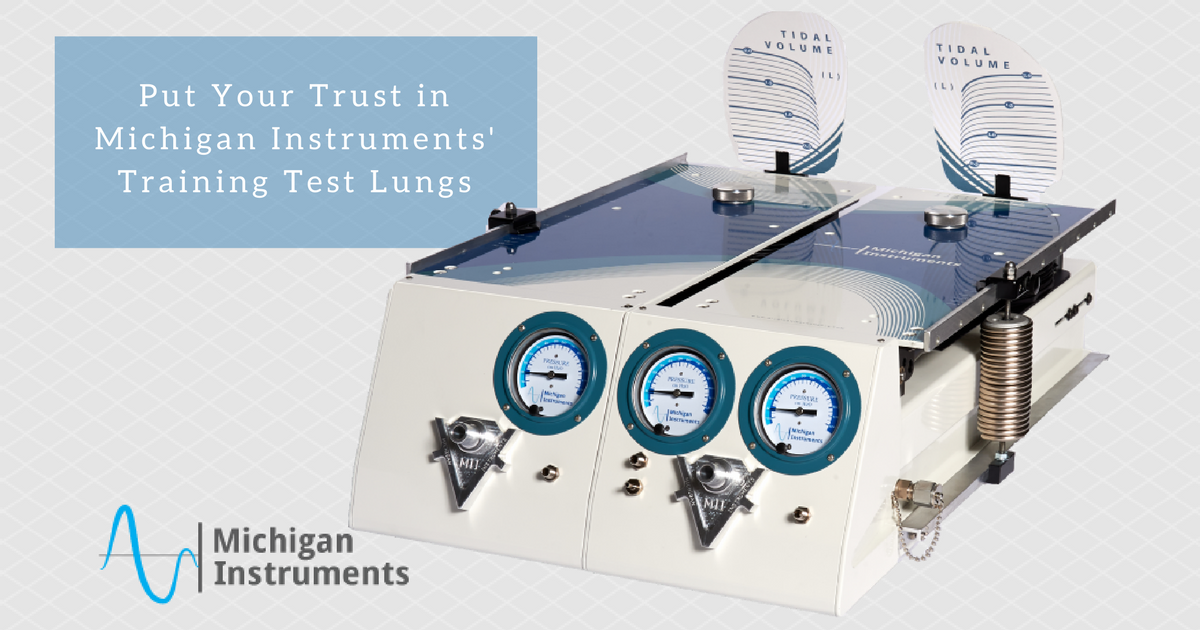
Training & Test Lung Uses for Respiratory Care Product Manufacturers
TTL
Put Your Trust in Michigan Instruments’ Training Test Lungs
For decades, Michigan Instruments Training & Test Lungs and PneuView® Software Systems have provided realistic respiratory simulations, providing many test lung uses for…

Evaluation of Ventilators Used During Transport of Critically Ill Patients: A Bench Study
TTLThe study referenced here and available for download (PDF) here used the Michigan Instruments Dual Adult TTL to test several emergency and transport ventilators over their range of operation.
The TTL was able to simulate various respiratory…
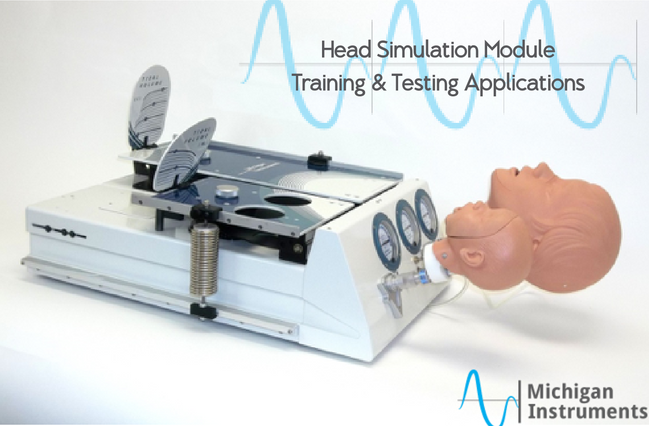
Head Simulation Module (HSM) Applications
TTL
For years, Michigan Instruments Training & Test Lung Simulators have been used by ventilator manufacturers and respiratory therapists to validate, calibrate and train staff on ventilator equipment. We have recently introduced our Head…
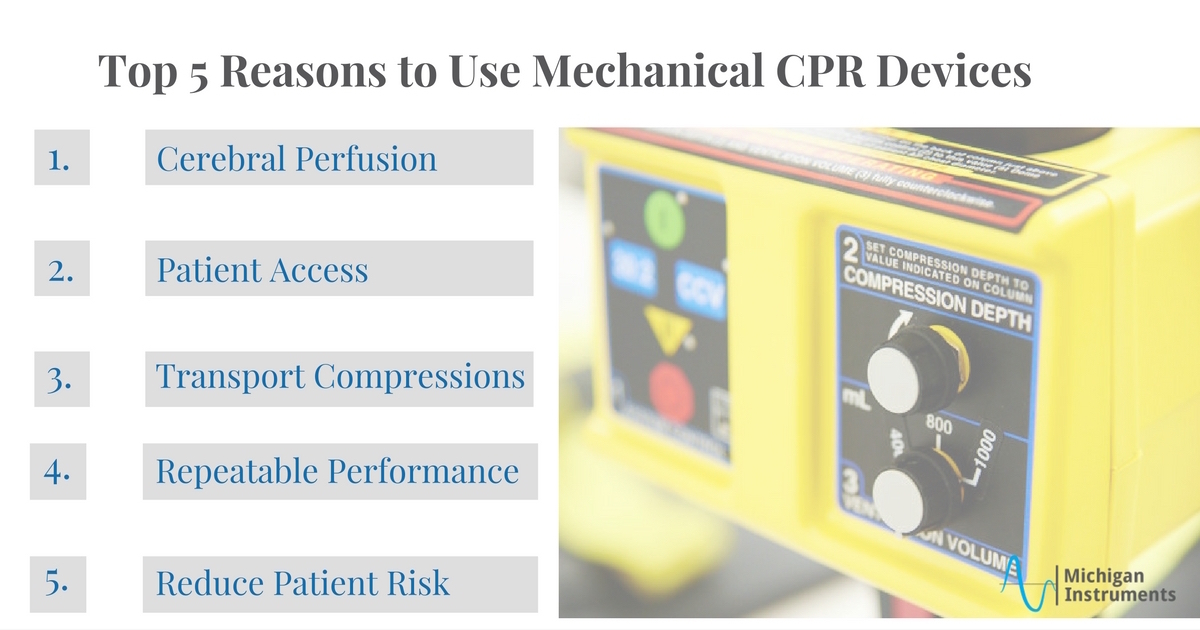
Top 5 Reasons to Use Mechanical CPR Devices
CPR
There is no question that CPR can be beneficial to your patient to continue compressions and blood flow through the body. Here we take a look at 5 uses for mechanical CPR devices specifically and how they can increase a patient’s chance…
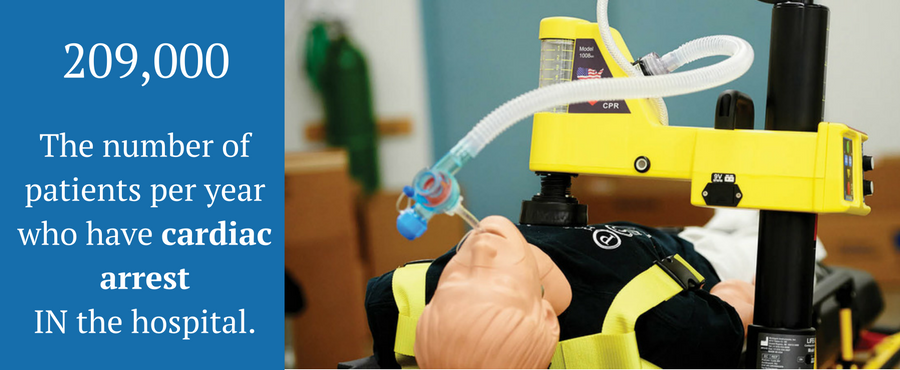
Mechanical CPR Device, Life-Stat, Meets New AHA CPR Guidelines
CPR
These Mechanical CPR Devices Offer 120 Compressions per Minute, Ideal for Hospital Settings
In October of 2015, the American Heart Association announced new guidelines for Cardiopulmonary Resuscitation (CPR.) They stated that quick action…
 https://www.michiganinstruments.com/wp-content/uploads/2019/03/MII-The-Merits-of-Automated-CPR-Life-Stat-CPR.png
630
1200
MII_Admin
https://www.michiganinstruments.com/wp-content/uploads/2018/11/RCTCLEARBLACK_large.png
MII_Admin2019-02-15 22:37:062019-05-28 18:21:52The Merits of Automated CPR
https://www.michiganinstruments.com/wp-content/uploads/2019/03/MII-The-Merits-of-Automated-CPR-Life-Stat-CPR.png
630
1200
MII_Admin
https://www.michiganinstruments.com/wp-content/uploads/2018/11/RCTCLEARBLACK_large.png
MII_Admin2019-02-15 22:37:062019-05-28 18:21:52The Merits of Automated CPR https://www.michiganinstruments.com/wp-content/uploads/2019/03/MII-Blog-Adult-Lung-Simulators-Single-Vs-Dual-Adult.png
630
1200
MII_Admin
https://www.michiganinstruments.com/wp-content/uploads/2018/11/RCTCLEARBLACK_large.png
MII_Admin2019-01-30 22:31:042019-05-28 18:22:10Adult Lung Simulators: Single Vs Dual Adult
https://www.michiganinstruments.com/wp-content/uploads/2019/03/MII-Blog-Adult-Lung-Simulators-Single-Vs-Dual-Adult.png
630
1200
MII_Admin
https://www.michiganinstruments.com/wp-content/uploads/2018/11/RCTCLEARBLACK_large.png
MII_Admin2019-01-30 22:31:042019-05-28 18:22:10Adult Lung Simulators: Single Vs Dual Adult
Simulating Dolphin Pulmonary Capacity: Michigan Instruments Takes Custom Test Lung Simulators to the Next Level
TTL
At Michigan Instruments, our Test Lung Simulators are used for a number of different applications. From classroom instruction to product evaluation, pulmonary research or clinical intervention, our customers value the versatility, accuracy,…

Conditions Where Mechanical CPR is Particularly Beneficial to Patient Survival
CPR
The debate about manual CPR vs mechanical CPR is one that has gone on for decades.
While we know there are several advantages to mechanical CPR in general, the outcomes for patients with heart disease and heart failure who undergo…

What Makes the TTL® Training Test Lung and PneuView®3 Systems Perfect Training Tools?
TTL
Our Training Test Lung and PneuView®3 Systems offer more training capabilities than ever before.
Recent product updates and software enhancements have further improved our Training Test Lung devices and Lung Simulation software including:
Realistically…

Training & Test Lung Uses for Respiratory Care Product Manufacturers
TTL
Put Your Trust in Michigan Instruments’ Training Test Lungs
For decades, Michigan Instruments Training & Test Lungs and PneuView® Software Systems have provided realistic respiratory simulations, providing many test lung uses for…

Evaluation of Ventilators Used During Transport of Critically Ill Patients: A Bench Study
TTLThe study referenced here and available for download (PDF) here used the Michigan Instruments Dual Adult TTL to test several emergency and transport ventilators over their range of operation.
The TTL was able to simulate various respiratory…

Head Simulation Module (HSM) Applications
TTL
For years, Michigan Instruments Training & Test Lung Simulators have been used by ventilator manufacturers and respiratory therapists to validate, calibrate and train staff on ventilator equipment. We have recently introduced our Head…

Top 5 Reasons to Use Mechanical CPR Devices
CPR
There is no question that CPR can be beneficial to your patient to continue compressions and blood flow through the body. Here we take a look at 5 uses for mechanical CPR devices specifically and how they can increase a patient’s chance…

Mechanical CPR Device, Life-Stat, Meets New AHA CPR Guidelines
CPR
These Mechanical CPR Devices Offer 120 Compressions per Minute, Ideal for Hospital Settings
In October of 2015, the American Heart Association announced new guidelines for Cardiopulmonary Resuscitation (CPR.) They stated that quick action…
Recent Articles
- Cutting-Edge Teaching Strategies in Medical Education
- How Technology is Revolutionizing The Future of Emergency Response
- 5+ Natural Approaches to Managing Respiratory Conditions
- How to Take Care of Your Heart Through Rehabilitation
- The Remarkable Advancement of Respiratory Therapy Over Two Centuries
- Tips for Addressing Patient Complaints in Healthcare
- Michigan Instruments’ Life-Saving Efforts: Real Stories from Real Patients
- How to Provide High Quality CPR for Special Populations
- A Guide to Balancing Medical Technological Advancement and Privacy Concerns
- A Guide to Common Lung Diseases and How to Prevent Them

